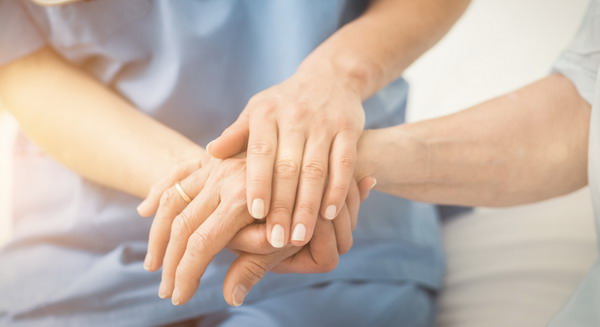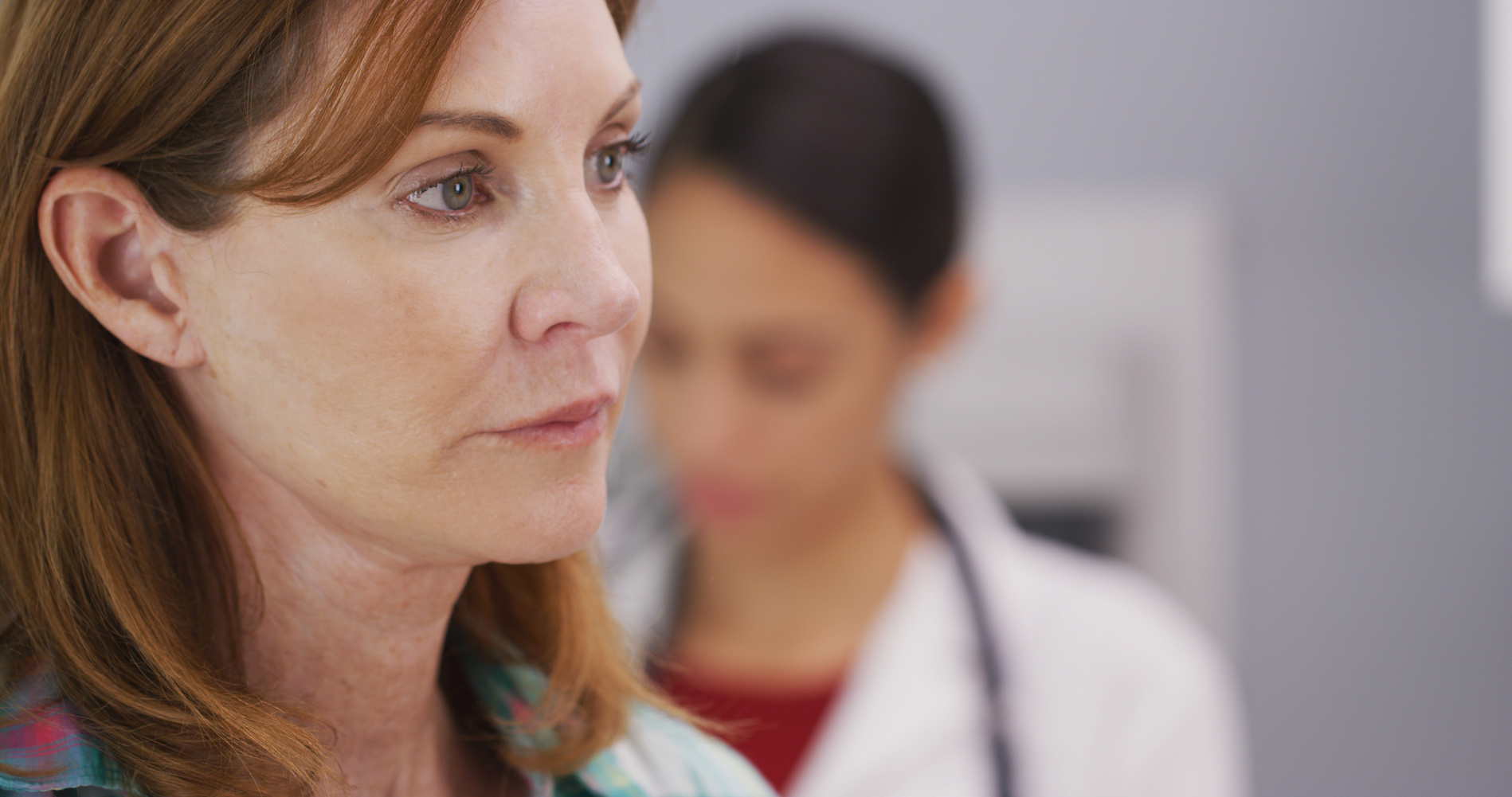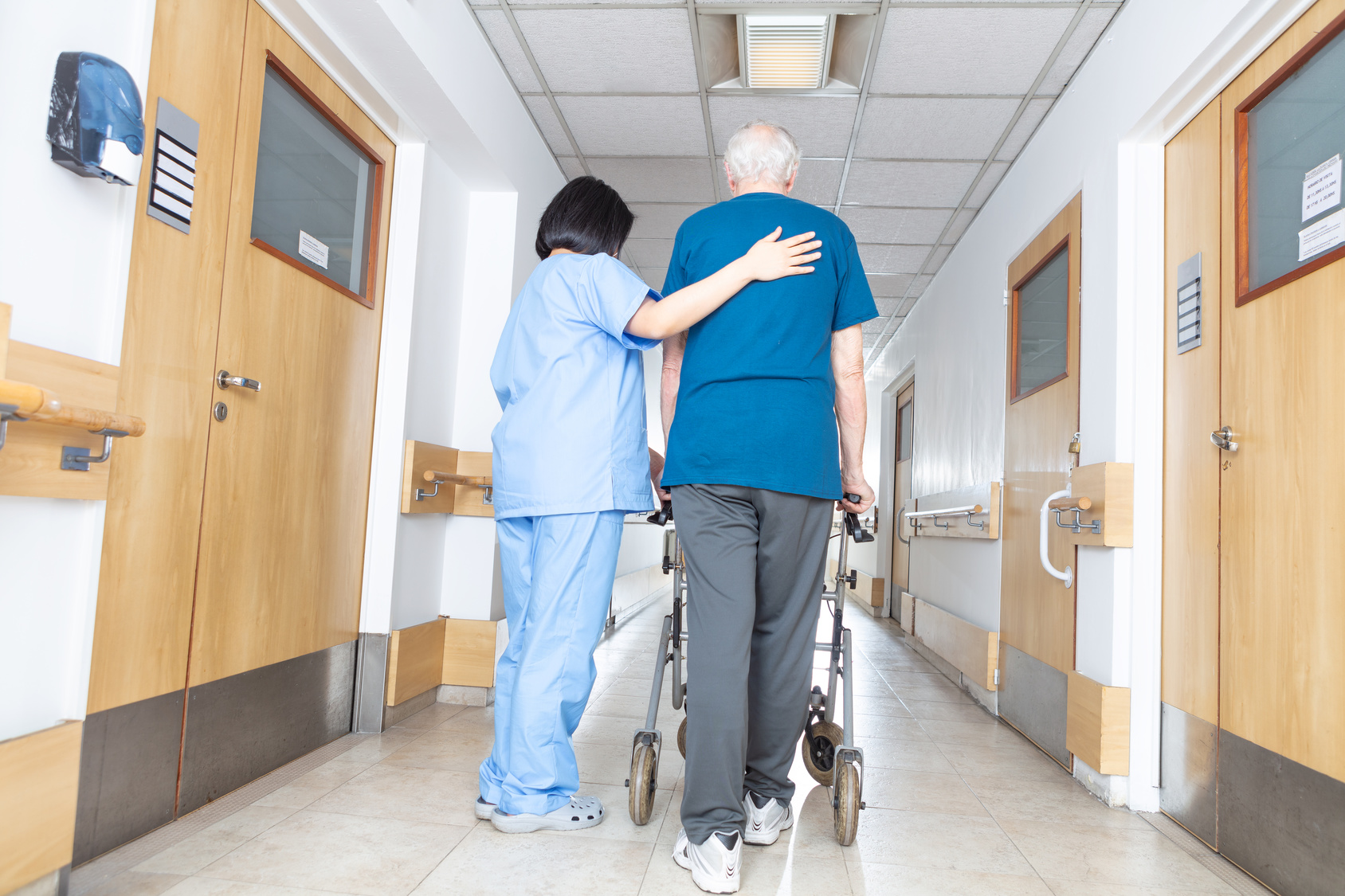From Nurse Keith’s Digital Doorway
The Millennial generation (those born between approximately 1980 and 2000) are the new majority in the 21st-century workforce (see this Pew research study identifying this cohort as 35% of the overall workforce), and Millennial nurses are on their way to dominating the nursing profession.
As one generation wanes and the other rises, power changes hands, and this is happening at this very moment as Generation X and the Baby Boomers reach retirement age and leave the workforce in droves.
Every generation is disparaged and criticized by the generations that came before, and Millennials are no exception. However, I hypothesize that the Millennial generation is going to positively transform nursing, medicine, and healthcare for the better, not to mention society at large.
(Please note: writing about any generation as a whole is potentially problematic due to the fact that generalizations must be made. My apologies in advance for any statements that don’t quite apply to everyone — this is simply an attempt to capture observations of the power and potential that this enormously influential generation holds in its collective hands.)
1. Minds Wide Open
Millennials grew up as the 20th century came to a close and the 21st century was getting underway. In my opinion, one of the greatest attributes of Millennials is the fact that they came of age at a time when the tolerance for so-called “alternative lifestyles” peaked.
Homosexuality, bisexuality, same-sex marriage, and new forms of family are now widely accepted in many segments of society and are thus reflected in popular culture. Millennials don’t seem to think twice about two people of the same gender falling in love, getting married, and raising a family — it’s a lifestyle choice worthy of equality and respect.
In terms of gender identity, Millennials are heartily accepting of “the new normal” in contemporary culture. Gender fluidity is seen as a positive attribute, and anyone living a lifestyle on the continuum of transgender identity are equally recognized as having a legitimate right to live any way they choose. Rigid definitions of what it means to be masculine or feminine are breaking down, and Millennials appear to see any means of safe and non-violent self-expression as positive.
In healthcare, medicine, and nursing, this translates into a growing percentage of the workforce being accepting of whatever gender expression, family structure, or lifestyle is practiced by their patients. For patients and their families, this opens the door to a decreased need for defensiveness, the reluctance to seek care, and fear of judgment by healthcare providers. And if patients feel this level of personal safety in the healthcare space, this scores a goal in the interest of reaching more people and families in need, especially those living in the shadows of society.
2. They’re Our New Leaders
While many may automatically picture Millennials as being in their 20s, at the time of this writing the oldest Millennials are actually pushing 40. As mentioned above, a full 35% of the workforce are Millennials, and as the largest segment of that workforce, they are emerging as leaders in every industry.
Regarding healthcare, medicine, and nursing, Millennials are poised to become administrators, Directors of Nursing, executives (CEOs, CNOs, CFOs), and leaders at every level. In nursing, we see Millennials emerging as nurse theorists, thought leaders, entrepreneurs, inventors, innovators, and influencers.
New leaders bring new ideas, and while they may encounter some resistance from any corner of the individual workplace or the industry/profession at large, the force of change related to a generational shift in leadership is inevitable.
This generation is approximately the same size as the Baby Boom (80 million is a common number thrown around), while Generation X is sandwiched between the two at approximately 60 million.
I personally feel great optimism when it comes to the manifestation of Millennial leadership at all levels. From the ICU and the operating room to the realms of politics and economics, Millennials will continue to assume power and have influence over every aspect of society for a number of decades to come.
3. Tech Savviness Abounds
“They’re always on their devices” is a common complaint about young people these days (but I see just as many older people glued to their iPads and smart phones). At any rate, the members of the Baby Boom and Generation X are the people who created these technologies, thus we cannot realistically hold Millennials accountable for using the devices they were raised with.
The oldest Millennials were in high school when the Internet came into popular use in the mid- to late-1990s. Cell phones also emerged around this time, followed by smart phones run by Android and iOS. Meanwhile, the youngest Millennials born around 2000 have always known these technologies as normal aspects of everyday 21st-century life.
In terms of the healthcare sphere, Millennials generally have a relatively high degree of comfort and facility when faced with new software, apps, and novel digital platforms. Whereas the majority of Gen X’ers and Boomers had to work hard to adapt to life in the Information Age, most Millennials have an intuitive understanding of computers and tech, and they’re very savvy. This bodes well for a healthcare infrastructure being increasingly impacted by artificial intelligence (AI), robotics, and other technological developments. No doubt that the next decades will see even greater acceleration of technology vis-a-vis healthcare, medicine, and nursing.
This video offers a glimpse of some of the potential changes being predicted for the coming decade:
4. Entrepreneurship is Mainstream
The option of becoming an entrepreneur is not anathema to Millennials; in fact, anecdotal evidence points to the notion that this new generation embraces entrepreneurship as a valid way to make a mark on the world. According to a frequently cited study by Bentley University, 66% of Millennials would like to start a business and 37% want to work “on their own”, whatever that means.
Creative business opportunities, new ways of thinking about work, and general optimism about the power and potential of individual accomplishment all underscore the Millennial belief that self-employment is a very viable workstyle/lifestyle option.
In the nursing sphere, Millennial nurse entrepreneurs like Brittney Wilson, Kati Kleber, and Lacey Magen are forging new paths for those who want to follow in their positive (and extremely savvy) footsteps.
5. Flexibility, Boundaries, and Self-Care
The general understanding is that Millennial workers have come into the workplace demanding increased flexibility in relation to time spent at work. This can be perceived as laziness and a less than stellar work ethic, but many argue that the 21st century calls for flexibility on all levels.
For Millennial nurses, working in the mainstream medical milieu does not allow for much flexibility: rigid work hours, issues around continuity of patient care, and organizational needs rule the day.
However, anecdotal evidence so far shows us that Millennial nurses are much more self-aware when it comes to their own needs for self-care and time away from work. Mandatory overtime? Not a Millennial construct. Boundaries are important to this younger generation, and emotional and relational intelligence are key ideas that are widely embraced.
Ask a Millennial if she’ll work a double in her wedding anniversary or birthday, and she may say something akin to, “Sorry, but I have plans to do something fun with my husband that day. My marriage is important to me and I deserve the time off”. There’s nothing wrong in my book with such clarity around personal needs and the practice of setting firm personal boundaries.
Millennial workers aren’t shy about asking for flexible work schedules, and they aren’t afraid to say no when asked to work shifts they don’t want. Gone are the days (well, not altogether) when nurses would bend over backwards for the team in spite of their own need to rest and take time off. They don’t necessarily teach nursing students how to have personal boundaries and say no, so the younger generation of nurses is learning to do that for themselves.
Can Millennial leaders successfully disrupt healthcare from the inside and do away with outmoded labor practices that don’t prioritize worker well-being? Granted, more conservative Millennial leaders will adhere to older generations’ standards, and this will no doubt cause rifts and disagreements in relation to how to best provide consistently high-quality care while paying attention to staff wellness.
6. Mission, Ethics, and Being “Woke”
Another thing I love about the Millennial generation is that social change, ethics, and morality are very important to this enormous cohort. Having witnessed the aforementioned popular acceptance of same sex marriage, gender fluidity, and other new social constructs, many Millennials identify as being “woke”, meaning they’re hyper aware of progressive social issues in line with their way of seeing the world.
Police brutality, homophobia, environmental degradation, gender equity, transgender equality, and other societal issues of the day are important to Millennials.
In the workplace — whether healthcare or otherwise — Millennials want employers and organizations with clearly defined missions. They also want to know that the place they work and the work they do are aligned with their personal values; after all, part of being “woke” is knowing that you’re walking your talk in as many aspects of your life as possible. Basically, hypocrisy is simply not an option.
There’s a lot more to love about this younger generation, including those who are nurses. I’m personally highly optimistic about the overall idealism, values, “wokeness”, and moral/ethical concerns of Millennials. I also believe that the new nurse leaders who will be gaining influence and power within the profession will bring sorely needed new life and breath into nursing at a time when critical changes continue apace within medicine and healthcare.
Meanwhile, generational differences can be overcome and positively exploited if we pay attention to our thoughts, fears, and attitudes, and try our best to get to know and understand our colleagues. Millennials and Boomers may have different philosophies about work, loyalty, and careers, but we’re all human beings and we can find common ground if we try. Our employers and managers can also assist us in bridging the gaps and finding ways that our different areas of strength can synergistically work together and complement one another.
I also hold out hope that this generation will continue to be highly engaged in the important political and cultural debates of our time, and I’d eventually love to see Millennial nurses taking over the leadership of the ANA and other notable nursing organizations. And if more nurses choose a life of public service by running for office in state and national government, all the better — we absolutely need more woke nurses in state houses, governors’ mansions, Congress, and yes, even the White House some day.
Pay attention to this powerful generation of Millennial nurses; they’re coming soon to a workplace near you, and their individual and collective influence will make them many friends and some significant enemies. Millennial nurses are the new backbone of healthcare and the nursing profession, and they will leave a powerful, positive, and indelible mark on healthcare, nursing, medicine, and society at large in the decades to come.
Keith Carlson, RN, BSN, NC-BC, is the Board Certified Nurse Coach behind NurseKeith.com and the well-known nursing blog, Digital Doorway. Please visit his online platforms and reach out for his support when you need it most.
Keith is co-host of RNFMRadio.com, a wildly popular nursing podcast; he also hosts The Nurse Keith Show, his own podcast focused on career advice and inspiration for nurses.
A widely published nurse writer, Keith is the author of “Savvy Networking For Nurses: Getting Connected and Staying Connected in the 21st Century,” and has contributed chapters to a number of books related to the nursing profession. Keith has written for Nurse.com, Nurse.org, MultiViews News Service, LPNtoBSNOnline, StaffGarden, AusMed, American Sentinel University, the ANA blog, Working Nurse Magazine, and other online publications.
Mr. Carlson brings a plethora of experience as a nurse thought leader, online nurse personality, podcaster, holistic career coach, writer, and well-known successful nurse entrepreneur. He lives in Santa Fe, New Mexico with his lovely and talented wife, Mary Rives.
Disclaimer: The viewpoint expressed in this article is the opinion of the author and is not necessarily the viewpoint of the owners or employees at Healthcare Staffing Innovations, LLC.
 [ssba-buttons]
[ssba-buttons]
 [ssba-buttons]
[ssba-buttons]
 [ssba-buttons]
[ssba-buttons]
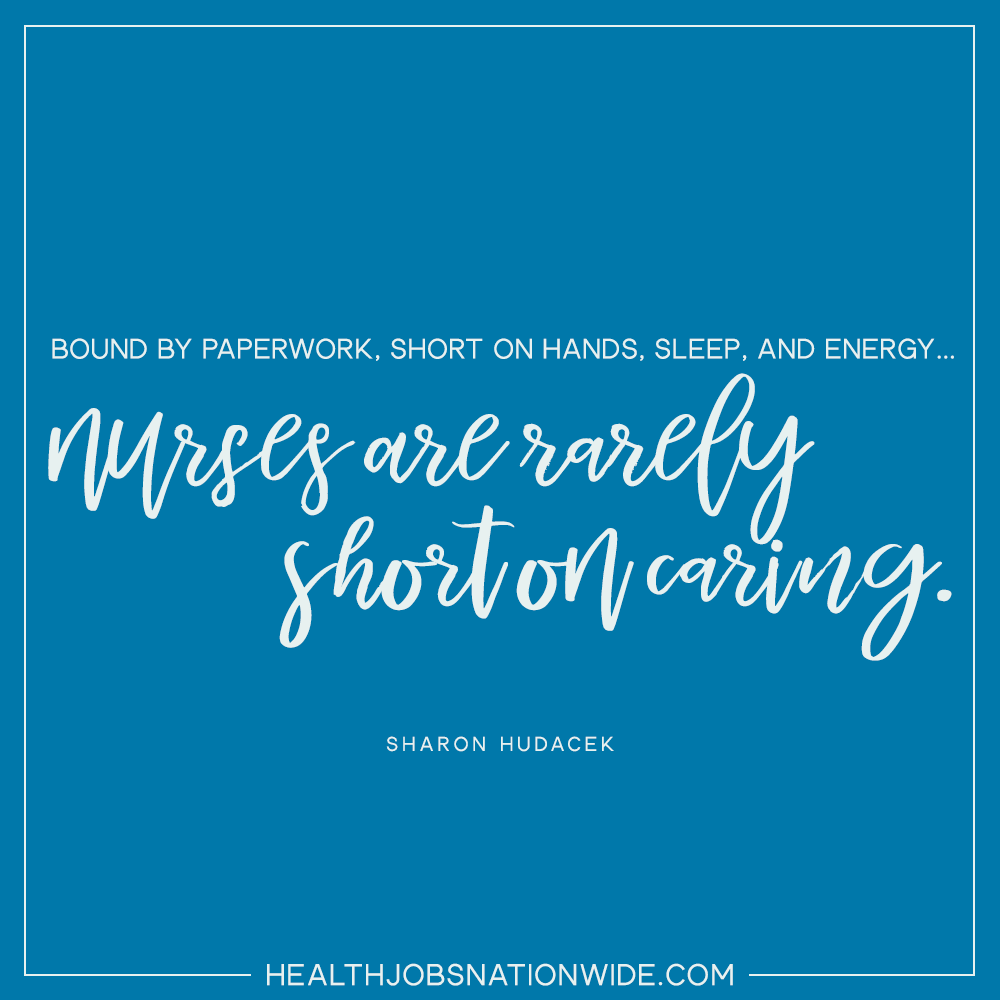 [ssba-buttons]
[ssba-buttons]
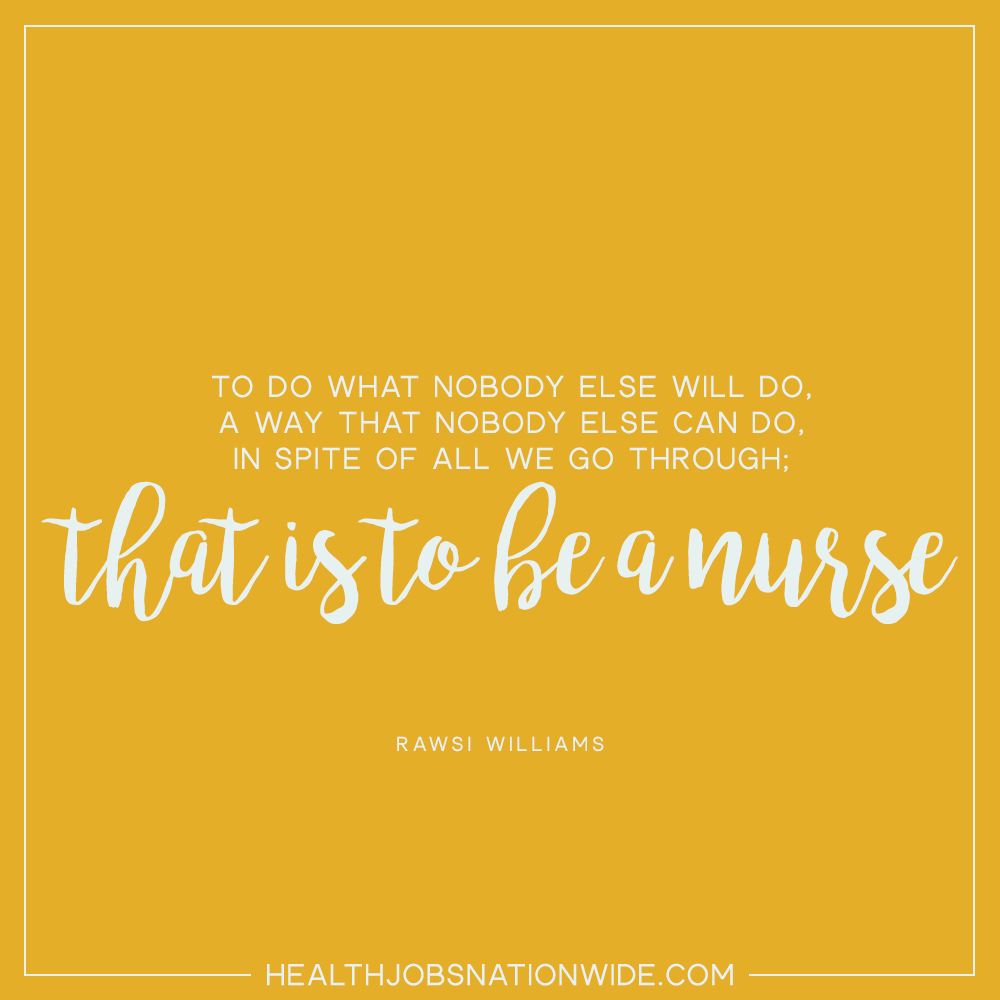 [ssba-buttons]
[ssba-buttons]





